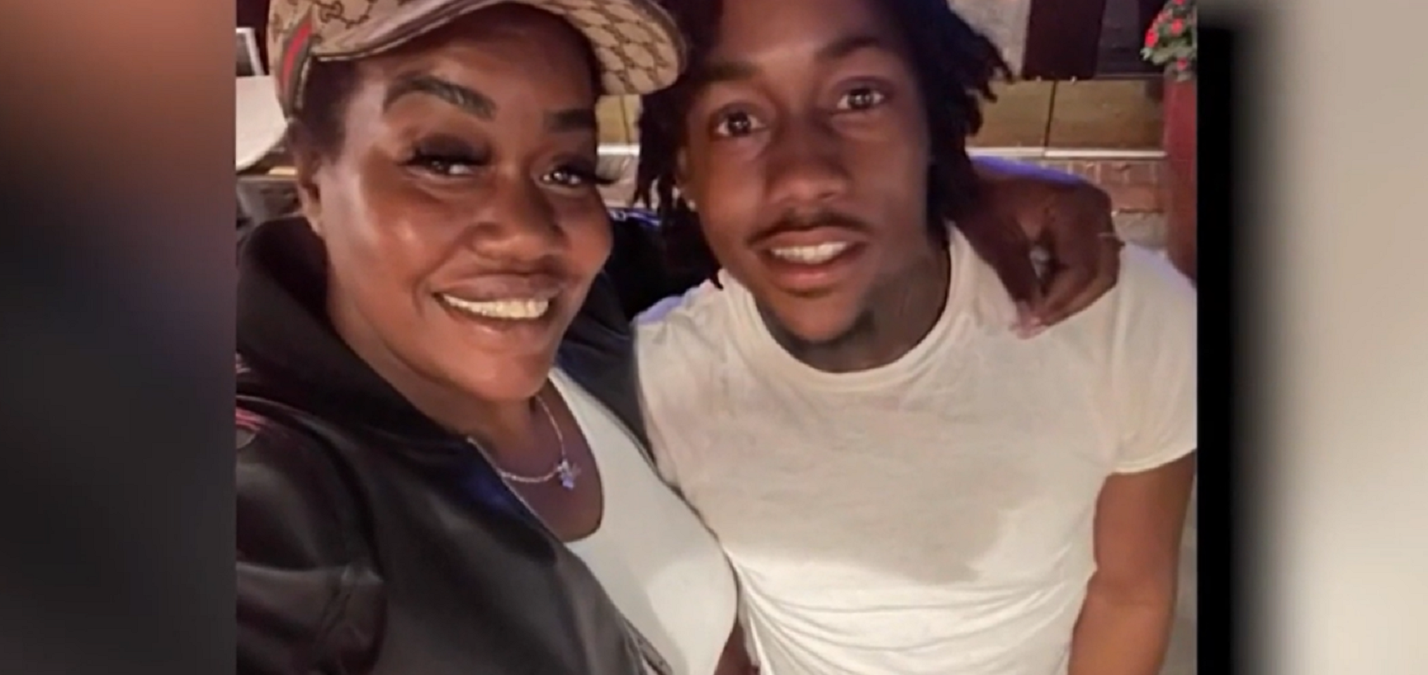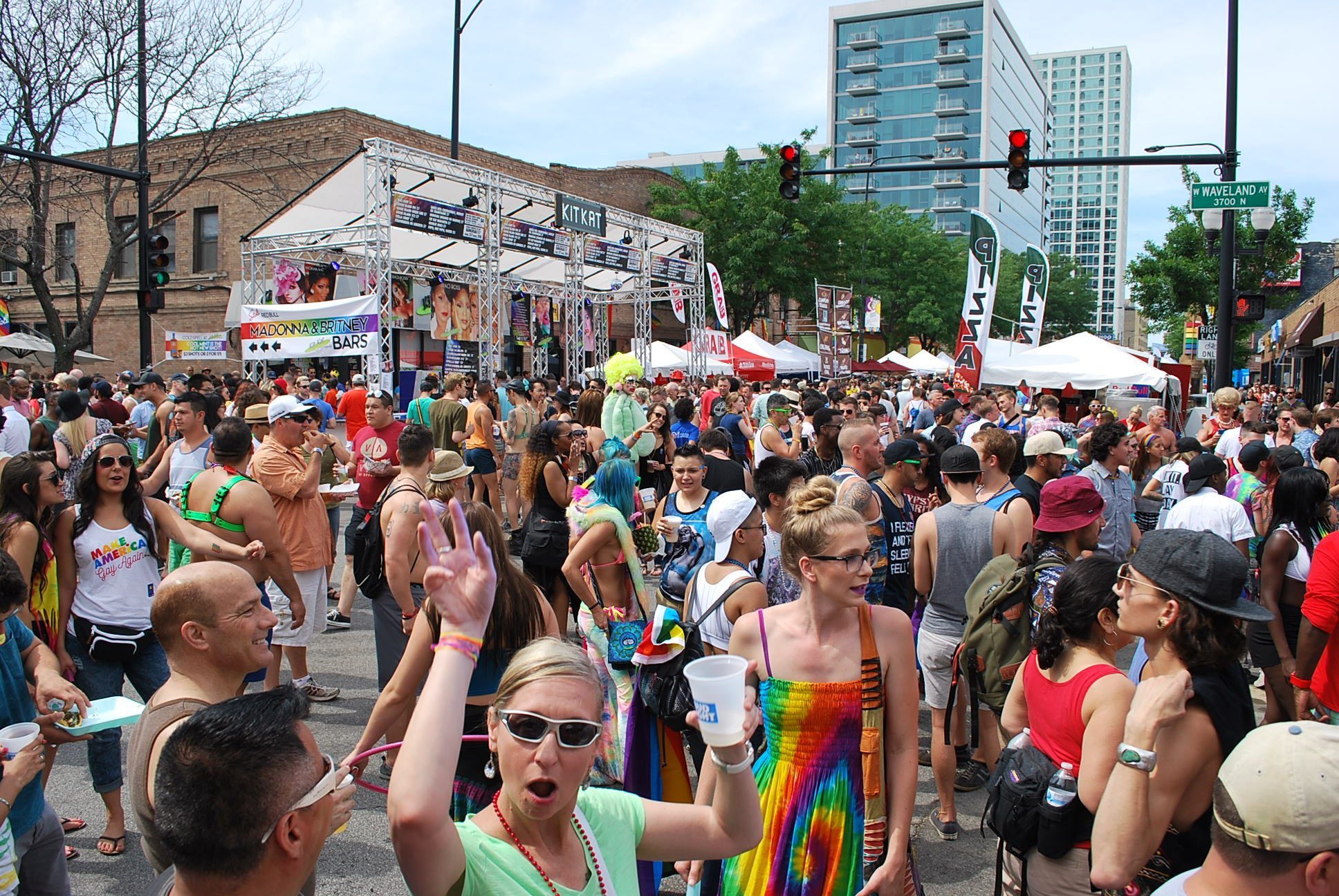
Despite an economy decimated by shutdowns due to the coronavirus pandemic, the Illinois House is poised to consider a $42.64 billion operating budget for next year, a 6.8% increase over current spending that is heavily reliant on federal assistance.
The governor’s stay-at-home order aimed at slowing the spread of the coronavirus left shops closed and more than 1 million Illinois residents out of work. But Democrats who control the General Assembly expect $36.96 billion in revenue for the fiscal year that begins July 1, Majority Leader Greg Harris said. That would leave a $5.8 billion hole lawmakers would look to Washington to fill.
“The choices here are really based on a realistic expectation of our revenues, and aggressive cash management of our state, but also reliance on existing federal credit facilities that are available to Illinois,” Harris, a Chicago Democrat, told the Executive Committee before it sent the measure to the floor on an 8-5 party-line vote.
The outline the House planned to consider Friday includes supplemental spending for the current budget totaling $3.7 billion, of which $3.2 billion would come from the federal government’s COVID-19 relief funds.
With federal and other state funds included, the budget would total $57.8 billion.
The legislation that the House will consider is one budget plan. There’s at least one other wending its way through the Senate on what is supposed to be the final day of a three-day special session. It was called by lawmakers who had to take action on a budget and other matters after coronavirus transmission fears kept them from the capital for 10 weeks, the bulk of the spring session scheduled to adjourn May 31.
Harris declared a need to approve a plan that’s “unprecedented in its ability to anticipate” coming spending pressures and federal funding availability. Democratic Gov. J.B. Pritzker, during his daily briefing on the COVID-19 crisis, said he’s confident officials can make ends meet.
Local
“We don’t know what the federal government’s going to provide,” Pritzker said. “But we believe that at least the two proposals that have been made in the Senate and in the House each provide for enough so that we will be able to fill the hole that’s been created by the tax revenues lost during COVID-19.”
The proposed $42.6 billion in spending outpaces the $39.9 billion outlay approved last spring for the current spending plan, before expected cushioning this week, according to budget documents. But it’s $852 million, or 2%, less than what Pritzker proposed in February, just weeks before COVID-19 prompted him to close nonessential businesses and issue a stay-at-home order.
That’s when the state’s primary revenue sources — individual and corporate income taxes and retail sales taxes — began an estimated $3.8 billion nosedive.
The proposal also doesn’t include a little more than $1 billion that the governor expects would be available in the coming budget if voters in November approve his ballot initiative that initiates a graduated income tax program, taking larger amounts in taxes as incomes increase. Republicans have pushed Pritzker to remove the question from the ballot, arguing that it would mean higher taxes on businesses which have enough financial difficulties now.
Public schools, which shut their doors March 17 and sent pupils home, ostensibly for remote learning, would be disappointed by flat funding for the first time since an evidence-based funding formula was adopted in 2017. It requires that schools most needing financial help to improve academic achievement get the larger shares of state money, with no school getting less than it did the previous year.
The $7.2 billion in general state funds that would go to K-12 schools for the formula ensures the statewide minimum increase the law requires, but nothing more for individual districts.
Despite the temptation to short the state’s woefully underfunded pension programs, the budget would fully fund the $8.6 billion owed next year. The massive annual payments are part of a pledge by lawmakers to make up over the next several decades the pension accounts’ combined $140 billion deficit.
COVID-19 has also stopped the steamrollers state officials thought would be in high gear by now after approving Pritzker’s Rebuild Illinois capital improvement plan last spring. But Pritzker has opened the door to turning some shovels this summer. The budget lists $45.1 billion in new and reappropriated money for brick-and-mortar work.



